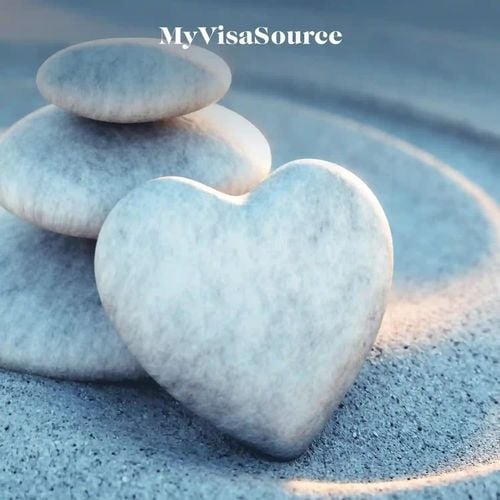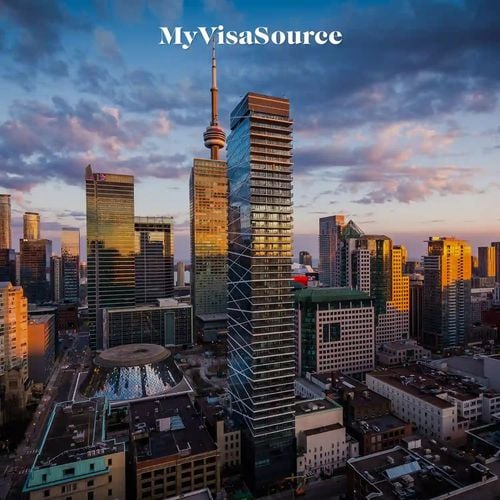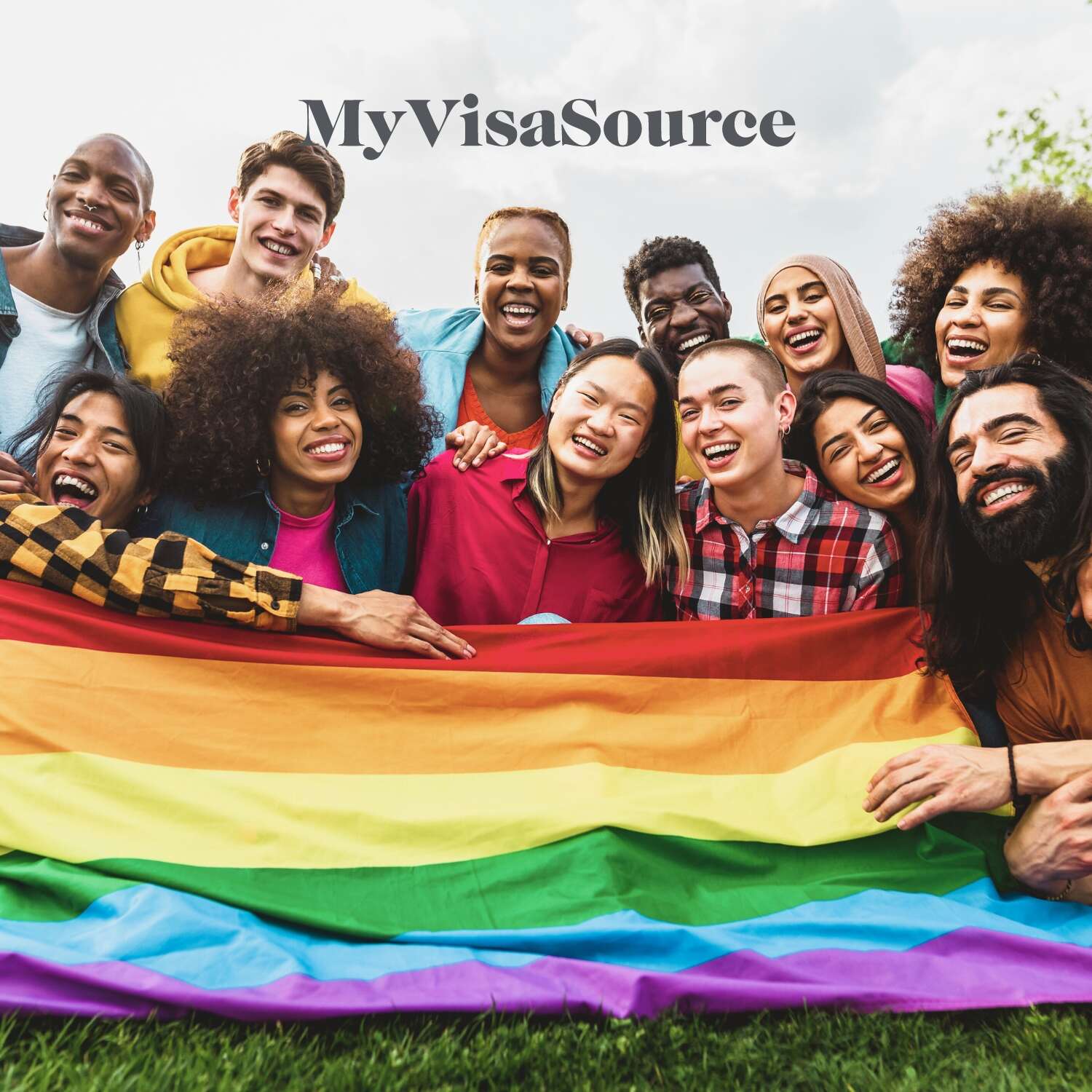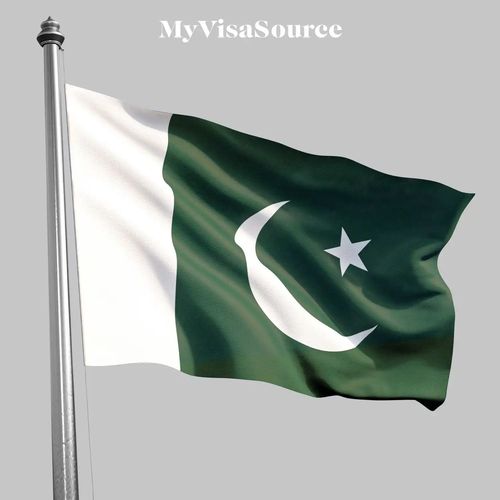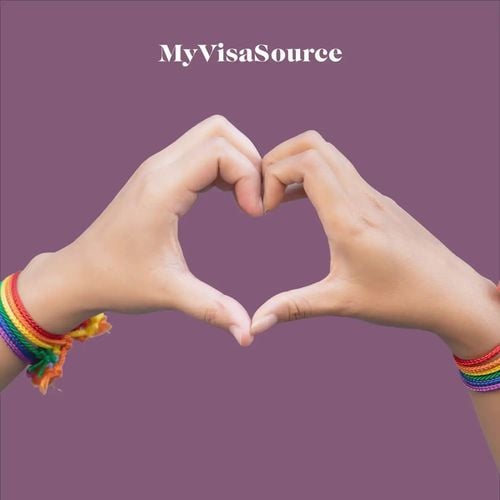Canada has long been celebrated as a global leader in promoting diversity and inclusivity. As a nation that values human rights and equality, it has taken significant strides to create an inclusive society that embraces people of all backgrounds, orientations, and identities. In recent years, Canada's commitment to inclusivity has extended to its immigration policies, where the advancement of LGBTQ+ rights and protections has become a central focus. In this blog post, we'll explore how Canada is leading the way in making its immigration system more inclusive for LGBTQ+ individuals and couples.
The Journey Towards Inclusivity
Historically, LGBTQ+ individuals have faced various challenges when it comes to immigration. Many countries had or have restrictive policies disregarding same-sex relationships and identities, making it difficult for LGBTQ+ couples to sponsor their partners or seek refuge. However, Canada recognized the need for change and took significant steps to ensure that its immigration policies aligned with its values of inclusivity and equality.
Recognizing Same-Sex Partnerships
One of the pivotal moments in Canada's journey towards LGBTQ+ inclusivity was the legalization of same-sex marriage in 2005. This landmark decision not only granted LGBTQ+ individuals the right to marry but also extended the ability to sponsor a same-sex partner for immigration purposes. This recognition of same-sex partnerships marked a significant shift in policy, demonstrating Canada's commitment to providing equal rights and opportunities to all couples, regardless of their sexual orientation.
Refugee Protections
Canada's dedication to inclusivity is also evident in its approach to LGBTQ+ refugees. The country acknowledges that individuals facing persecution due to their sexual orientation or gender identity may be particularly vulnerable and in need of protection. As such, Canada's refugee system has been adapted to consider these cases better and provide a safe haven for those seeking refuge from discrimination and violence.

